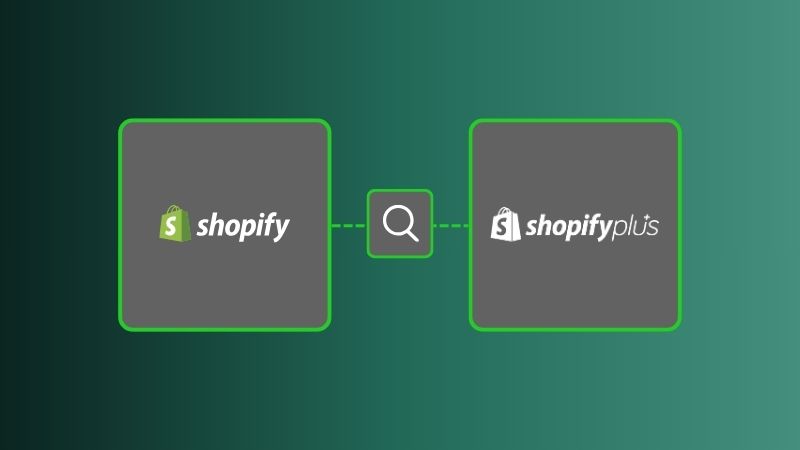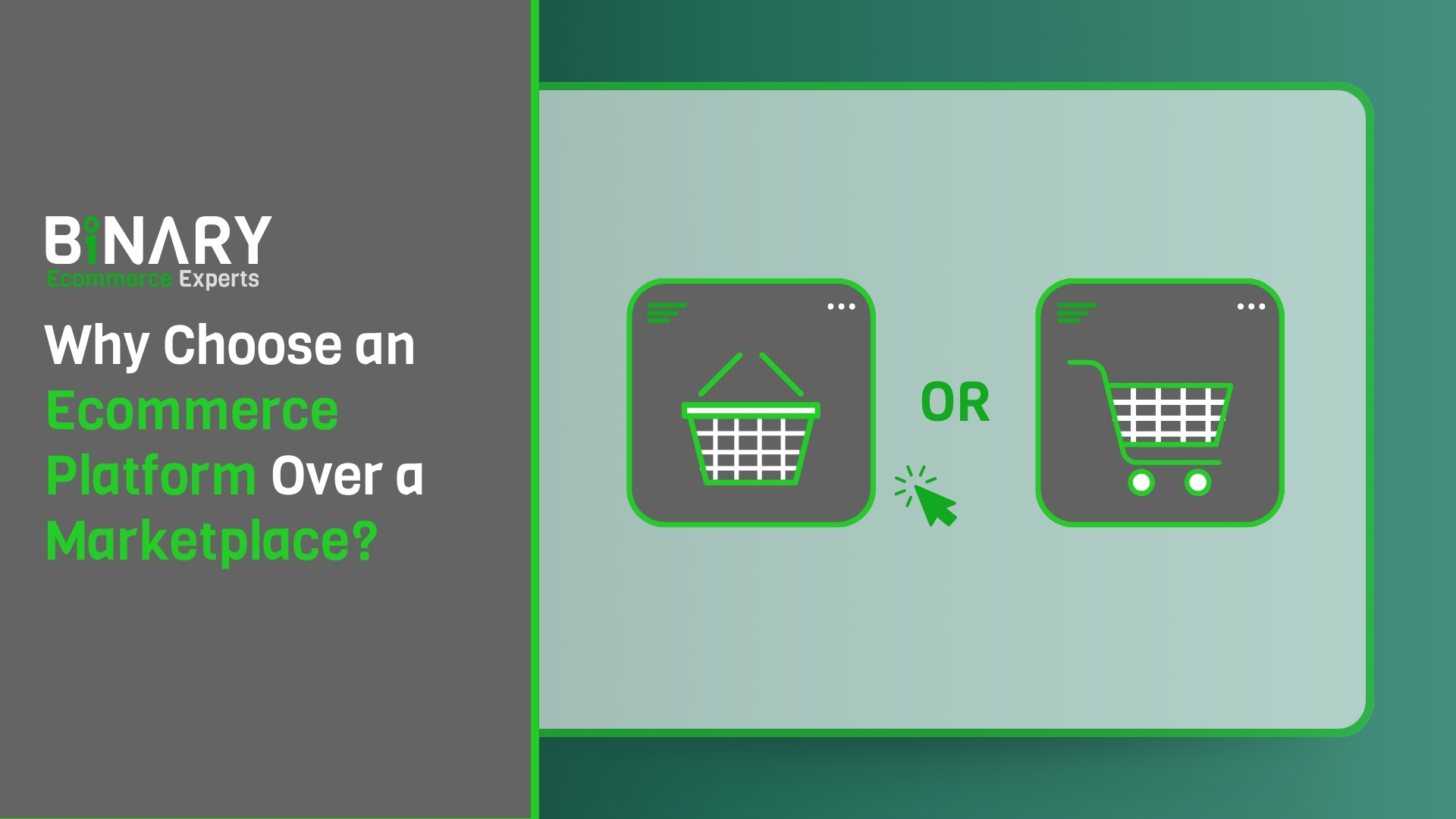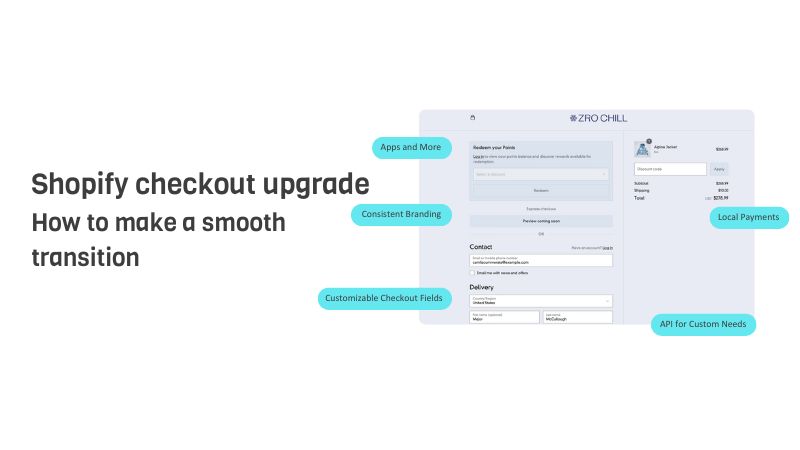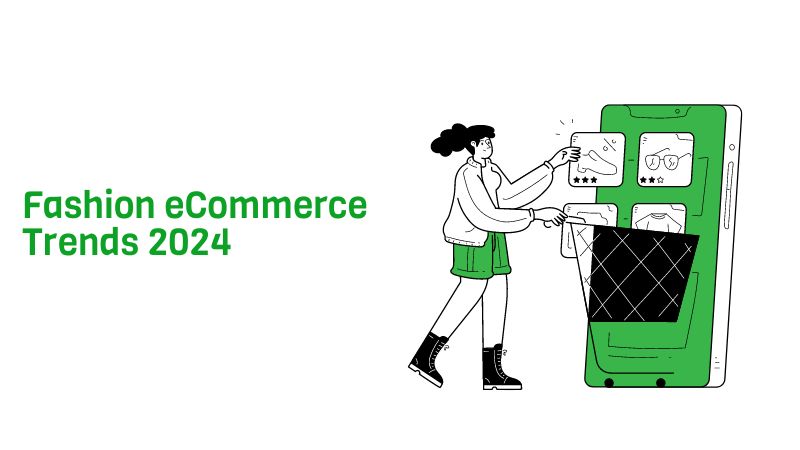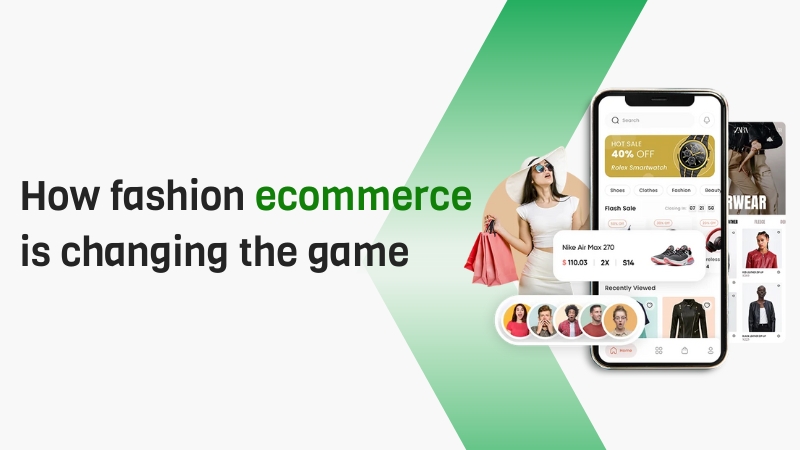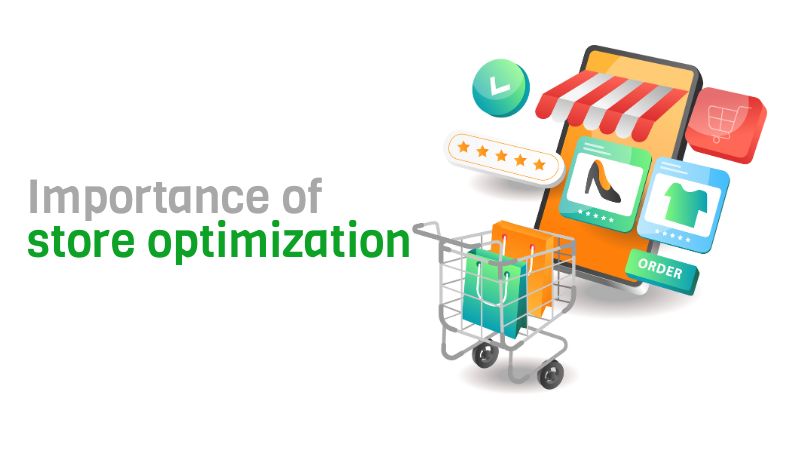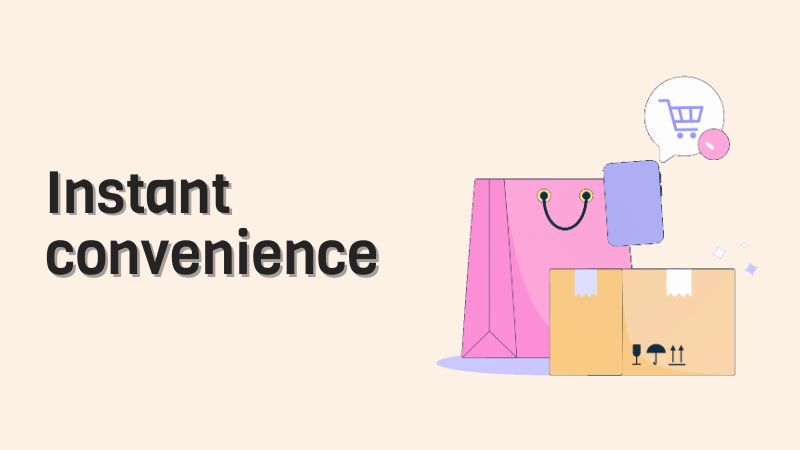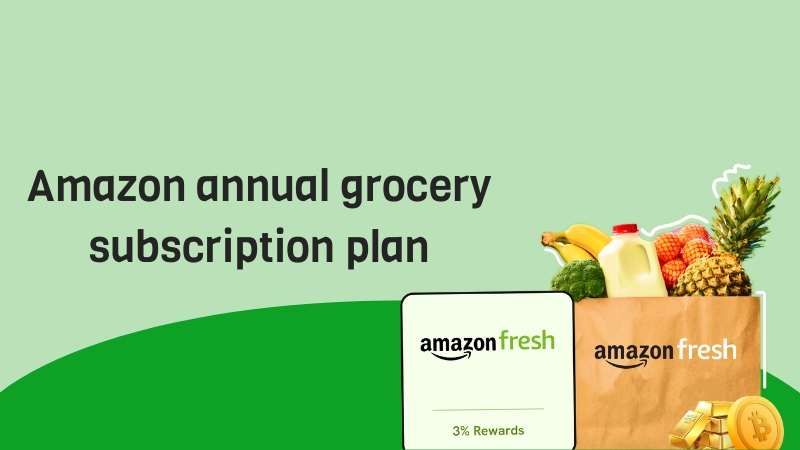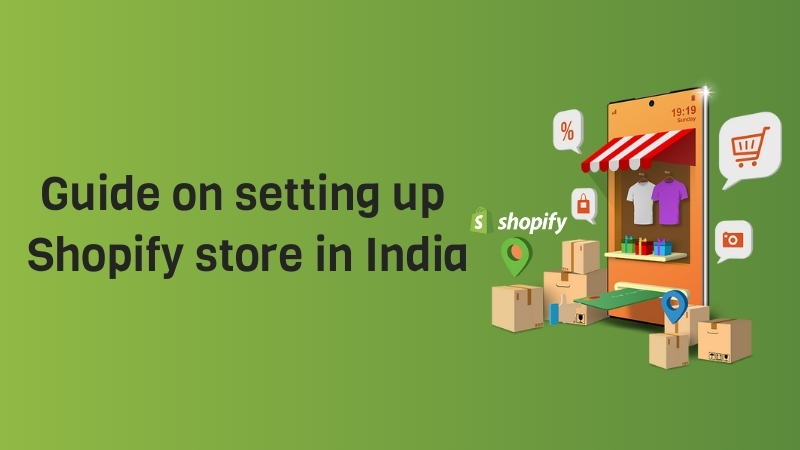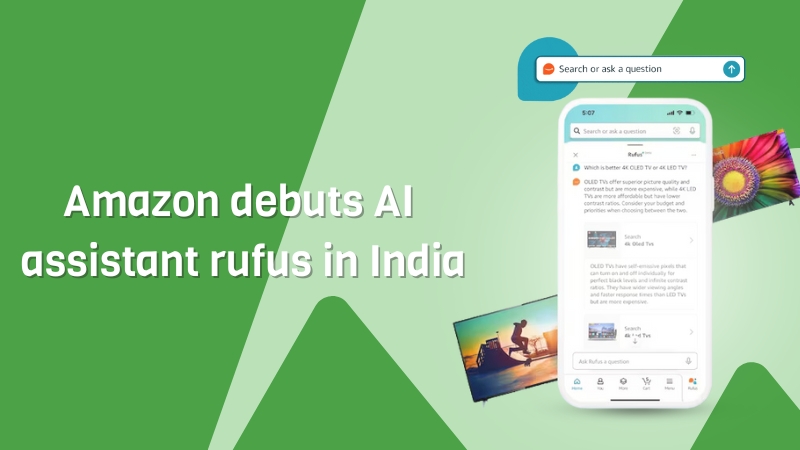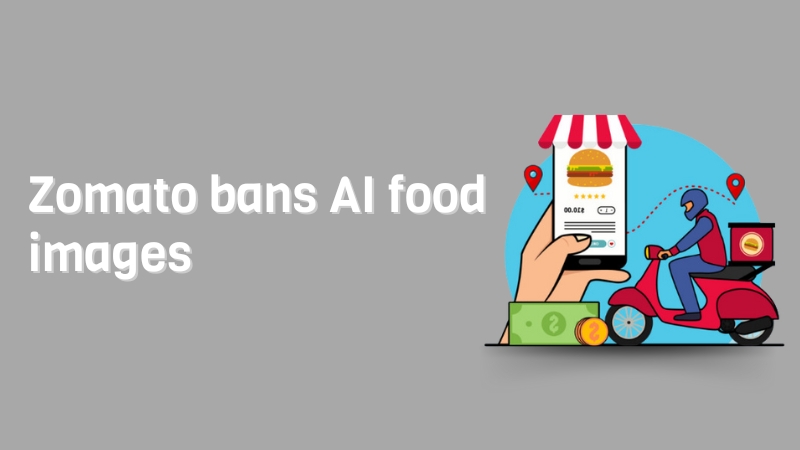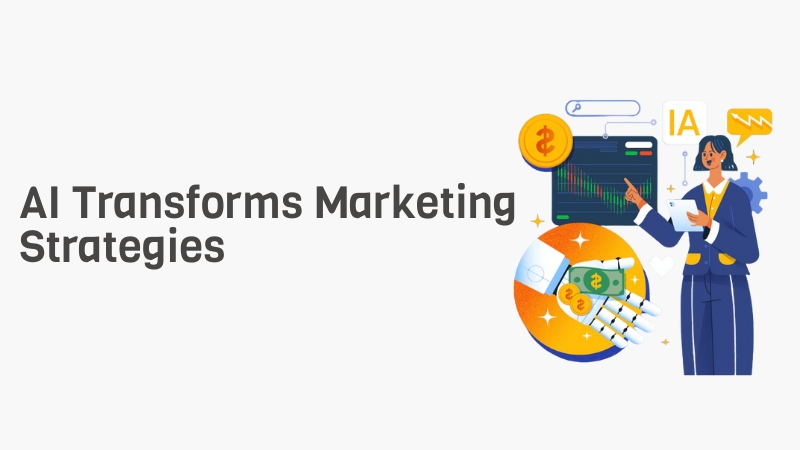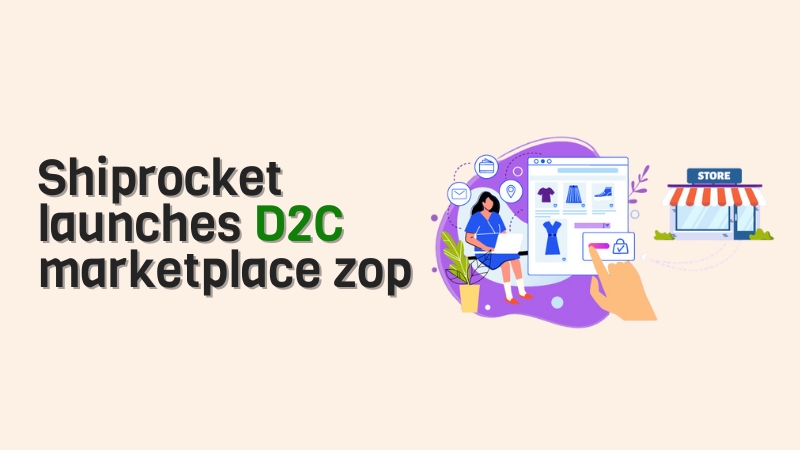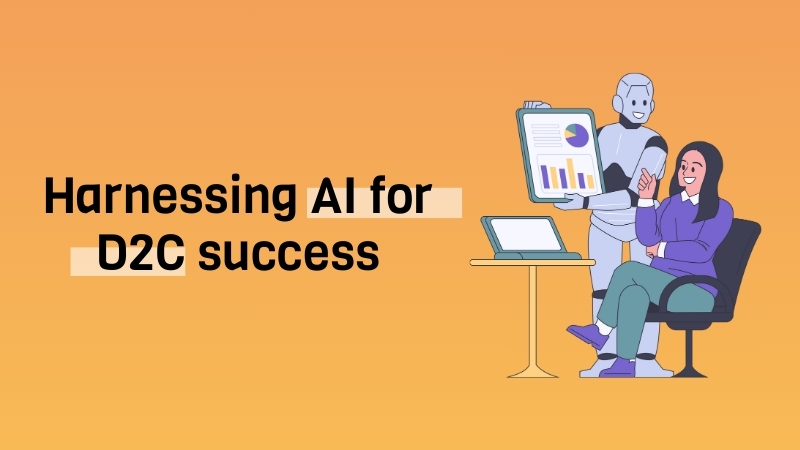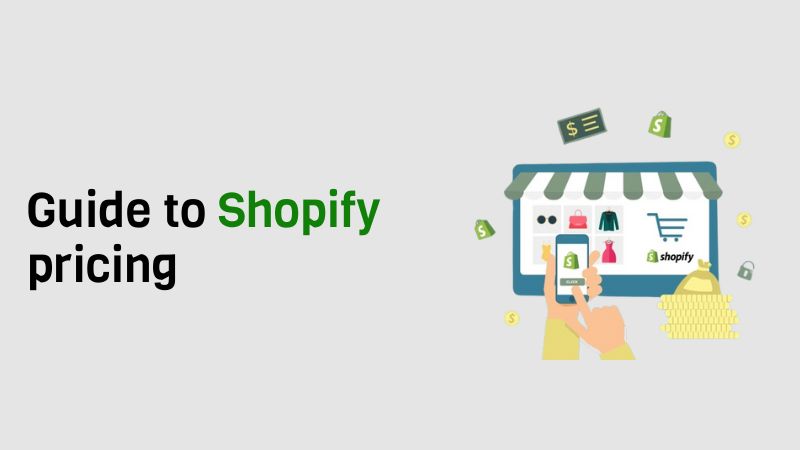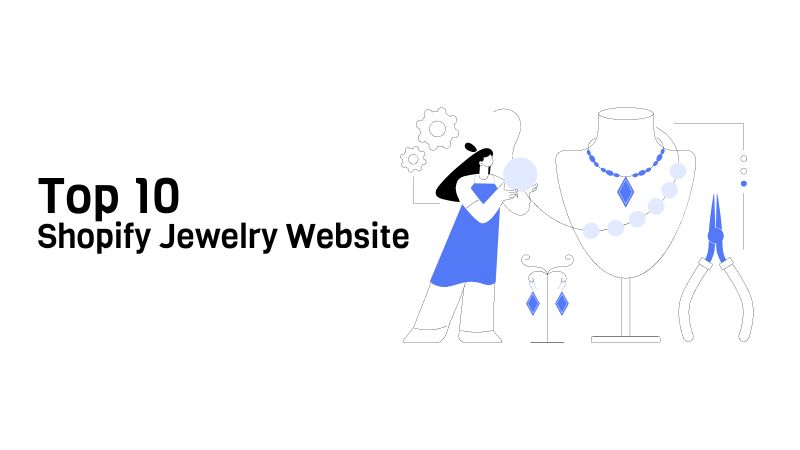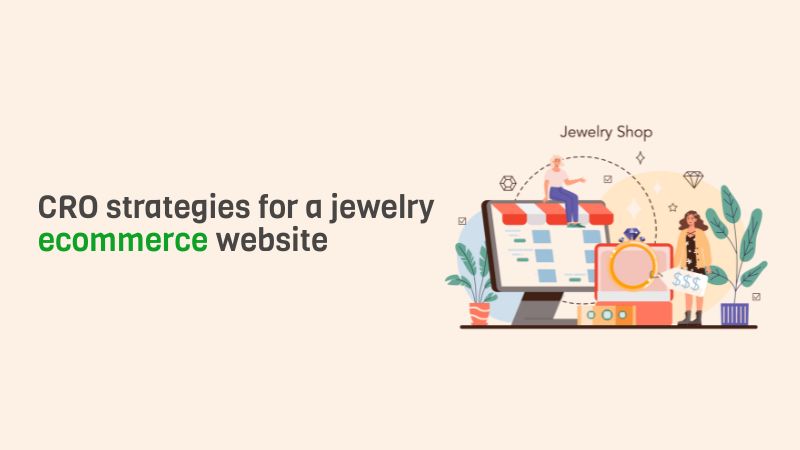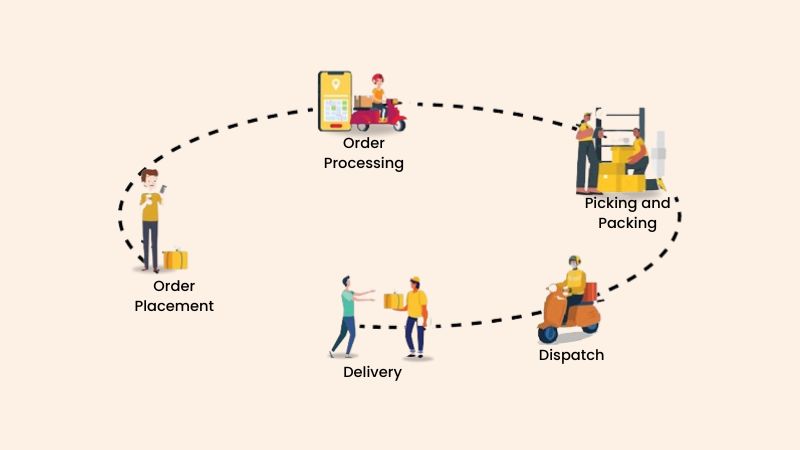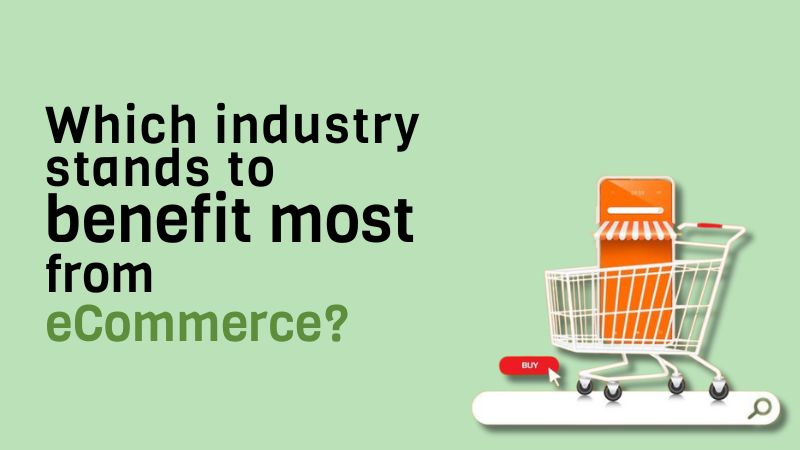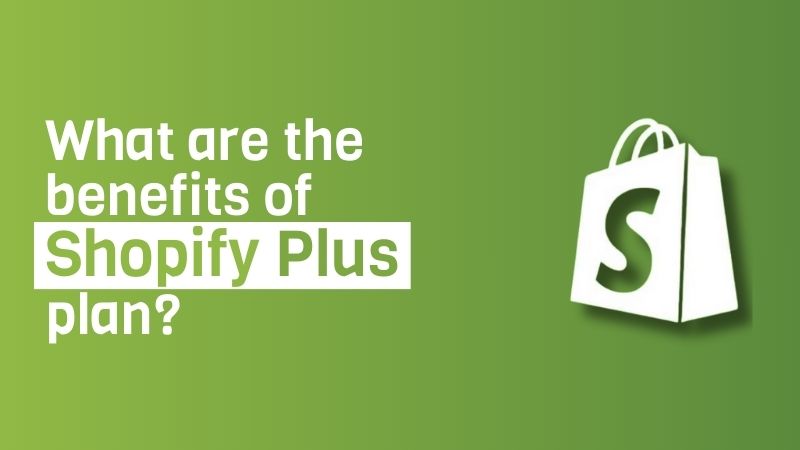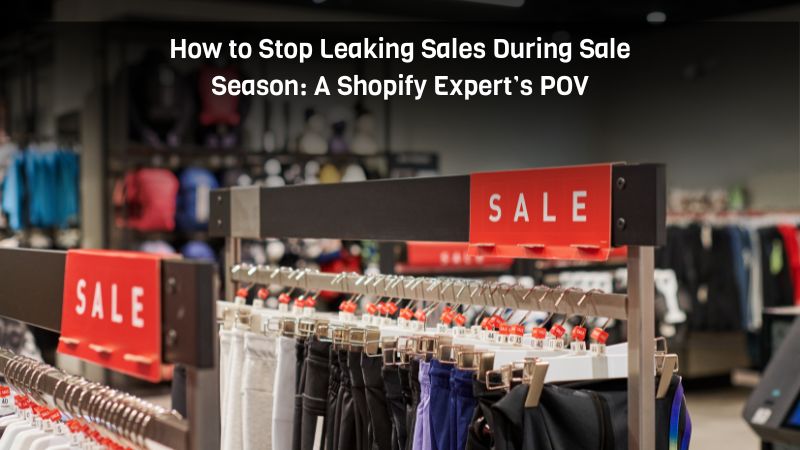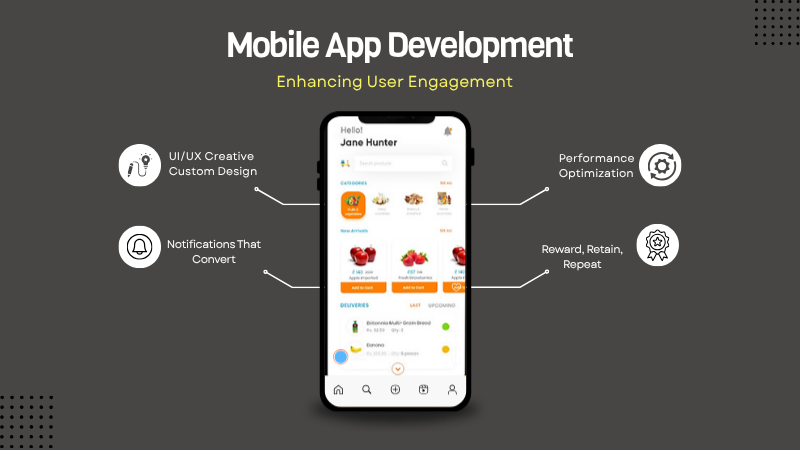Did you know that the fashion eCommerce industry is projected to reach an astounding $1.1 trillion in global sales by 2025? The explosion of online shopping has completely transformed how we shop for fashion, providing customers with unparalleled convenience and a vast array of options. With technology evolving every day, fashion eCommerce is quickly reshaping the retail landscape, and it’s clear that this trend is here to stay.
Fashion eCommerce refers to the buying and selling of clothing, accessories, and fashion-related products through online platforms, social media, and digital marketplaces. In today’s fast-paced world, it offers the perfect blend of style, accessibility, and convenience.
In this blog, we will explore how fashion eCommerce is revolutionizing the way we shop. From convenience to endless style options, enhanced shopping experiences, and industry innovations, let’s dive deep into this exciting world. Along the way, we’ll also highlight how partnering with the best fashion eCommerce website development agency in India can help you stay ahead in this dynamic market.
The convenience of fashion eCommerce
Fashion eCommerce offers unparalleled convenience, and that’s one of the key reasons behind its exponential growth. Here are some of the top ways it’s making shopping easier for consumers:
1. Shop from the comfort of home
Gone are the days of long trips to crowded malls. Fashion eCommerce allows customers to shop from the comfort of their own homes. Whether you’re lounging on the couch or taking a quick break at work, you can browse thousands of clothing and accessory options with just a few clicks. This convenience saves time and eliminates the stress of physically visiting multiple stores.
2. 24/7 Accessibility
Fashion eCommerce platforms are available around the clock, allowing customers to shop whenever it suits them. Whether it’s 2 AM or a busy weekday, shoppers can make purchases at their convenience, and with global shipping options, the world of fashion is always at their fingertips. Looking to capitalize on this flexibility? Connect with the best fashion eCommerce website development agency in India to ensure your online store is fully optimized for round-the-clock accessibility.
3. Avoiding crowds and long queues
Shopping during peak times can be stressful, especially when stores are packed, and checkout lines seem endless. With fashion eCommerce, customers can skip the crowds and long queues altogether. Online shopping provides a calm, hassle-free experience, free from the pressures of physical stores.
Endless Style Options at Your Fingertips
Fashion eCommerce offers consumers an endless selection of styles, brands, and designers, making it easier than ever to find the perfect look.
1. A wide range of brands and designers
Fashion eCommerce platforms offer a vast selection of both well-established and emerging brands, catering to a variety of tastes and preferences. Whether you’re looking for high-end luxury fashion or affordable streetwear, the options are endless. By partnering with an experienced fashion eCommerce website development agency in India, you can ensure your store showcases a wide variety of options to appeal to all fashion tastes.
2. Access to global fashion trends
Through fashion eCommerce, customers can easily keep up with the latest global trends. Online platforms display collections from around the world, allowing consumers to experiment with new styles, fabrics, and designs. This global exposure gives fashion lovers a broader perspective and enables them to stay ahead of the trends.
3. Personalized recommendations and curated collections
Many eCommerce platforms use advanced technology to offer personalized recommendations based on browsing history, previous purchases, and style preferences. These curated collections enhance the shopping experience, helping customers discover new styles that align with their tastes. Want to implement personalized shopping experiences? Connect with the best fashion eCommerce website development agency in India to integrate AI-powered tools that boost engagement and conversions.
Enhanced Shopping Experience with Fashion eCommerce
Fashion eCommerce platforms have taken the online shopping experience to the next level, offering several tools and innovations to enhance customer satisfaction.
1. Virtual try-on and Augmented Reality (AR)
Advanced technology like augmented reality (AR) and virtual try-on features allow customers to see how clothing and accessories will look on them before purchasing. This innovative approach helps shoppers make more informed decisions, reducing the need for returns.
2. Detailed product descriptions and reviews
Online platforms provide comprehensive product descriptions, including fabric details, sizing guides, and care instructions. In addition, customer reviews offer valuable insights about product quality, fit, and overall satisfaction. This transparency builds trust and makes online shopping more reliable.
3. Hassle-free returns and exchanges
One of the major advantages of fashion eCommerce is the ease of returns and exchanges. Many platforms offer flexible return policies, allowing customers to return items that don’t meet their expectations. This feature ensures a risk-free shopping experience, giving consumers the confidence to try new products without worry.
Fashion eCommerce Innovations
Technology continues to shape the fashion eCommerce landscape, bringing forth exciting innovations that improve the shopping experience.
1. AI-powered styling tools
AI-powered tools help create personalized styling recommendations based on a customer’s preferences, body measurements, and past purchases. Virtual stylists can even put together entire outfits tailored to individual tastes, making fashion shopping more interactive and enjoyable.
2. Interactive shopping experiences
Fashion eCommerce platforms are introducing interactive elements such as 360-degree product views, video content, and live customer support chats. These features mimic the in-store shopping experience, creating a more immersive online environment.
3. Social media integration and influencer collaborations
By integrating social media features and collaborating with influencers, fashion eCommerce platforms create a highly engaging environment. Customers can follow their favorite brands and influencers, discover curated collections, and stay up-to-date on the latest trends. This seamless connection between social media and online shopping amplifies brand reach and increases engagement.
To leverage these innovations in your online store, connect with the best fashion eCommerce website development agency in India and ensure your brand stays ahead of the curve with cutting-edge technology and seamless integration.
Conclusion
Fashion eCommerce is redefining how consumers shop for clothes and accessories. From unmatched convenience to endless style options and innovative technology, it’s no wonder that fashion eCommerce continues to grow at an extraordinary pace. The future of fashion shopping lies in the ability to blend convenience with a personalized, immersive shopping experience.
Ready to revolutionize your fashion eCommerce business? Connect with the best fashion eCommerce website development agency in India to build a state-of-the-art online store that drives engagement, boosts sales, and ensures customer satisfaction.


